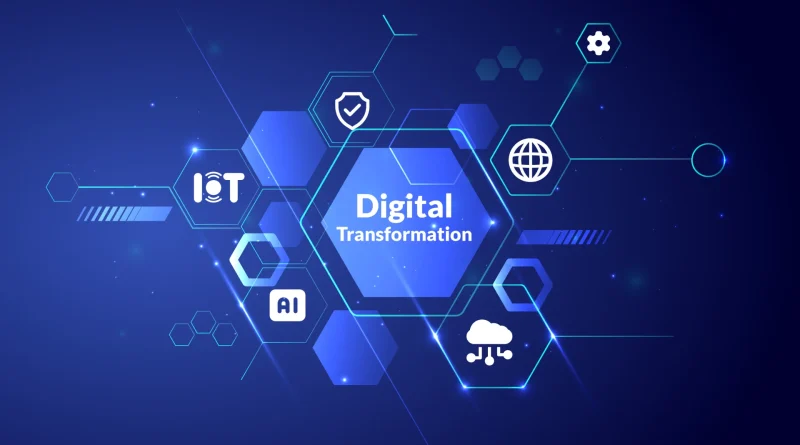The Impact of Digital Transformation on Business Models
Digital transformation involves taking advantage of new technologies. This could involve anything from using social media to improve customer service to developing platforms to facilitate business ecosystems.
Organizations use this process for numerous reasons. They could want to meet evolving customer expectations, increase sales or compete more effectively in an increasingly competitve market.
New Revenue Models
Businesses face the task of finding ways to monetize the value they bring their customers. There are various revenue models, and companies should choose one that best meets their needs. Digital transformation gives companies an opportunity to experiment with various revenue models until they find ones that work for them.
Digital technologies have allowed small players to overthrow large established Goliaths by developing unique business models such as software-as-a-service (SaaS). To develop effective strategies to leverage disruptive technologies, managers must understand their impact on current business models.
Researchers have investigated how Dynamic Technologies create new product attributes that provide businesses with competitive advantages (Christensen, 1997). Other studies have explored the effects of dynamic capabilities and strategic learning on DT.
New Value Propositions
Digital transformation entails revamping an existing process and using technology to increase its efficiency, while true business transformation entails changing an organization’s operations, products, and services completely.
Customer service is one such area where digitalization has had a dramatic effect, enabling faster search capabilities via mouse click or phone tap, as well as helping companies create revenue opportunities by offering real-time product and service offers online or via apps.
Digital transformation also allows businesses to quickly respond to shifting market conditions and customer expectations. A global workforce, for example, necessitates using technologies which enable teams in different locations to collaborate real-time – adaptive AI software, remote collaboration software and virtual presence tools can assist teams with this feature as well as automating tasks using machine learning.
New Processes
Digitizing operations enables digital transformation to foster agility and adaptability in businesses, which helps them respond rapidly to market shifts while strengthening customer loyalty and increasing competitive edge.
RPA stands out among the variety of business process reengineering tools by being particularly useful for repetitive and labor-intensive tasks. By adopting RPA technology, companies can reduce payroll expenses while simultaneously increasing productivity and efficiency.
Other digital transformation processes include data analytics and machine learning, which allow businesses to gain in-depth insight into customer preferences and market trends. With this knowledge in hand, new products, services, and business models that disrupt traditional markets and establish sustainable competitive advantage can be created.
Digital transformation helps businesses manage compliance with data protection regulations, minimizing fines or legal repercussions and building trust with customers and stakeholders while upholding transparency and accountability. Automated systems can monitor data usage and report compliance status for organizations; this enables businesses to build lasting relationships while adhering to regulatory standards.
New Customer Relationships
Digital transformation transforms how businesses interact with their customers, enabling them to provide a range of services and products tailored specifically to customer needs. Furthermore, this transformation may help businesses more efficiently manage relationships with suppliers, partners and other stakeholders.
Digital technologies enable businesses to stay in real-time connection with their supply chains and partners, helping them respond faster to any potential issues or capitalize on opportunities as they arise. They may also allow geographical teams to collaborate, which could prove useful when it comes to rolling out product updates with global teams.
There are various theories available to us for understanding the effects of digital transformation on BMIs, for instance Simmons and colleagues (2015) employ an actor-network approach to illustrate how digital transformation creates new structures, practices, and beliefs that alter, threaten, replace or complement existing rules in organizations, ecosystems or fields. Akbar and Tracogna (2018) use transaction cost economics theory to analyze sharing platforms while Helfat and Raubitschek (2018) offer an ecological framework rooted in dynamic capabilities theory for studying their emergence.

